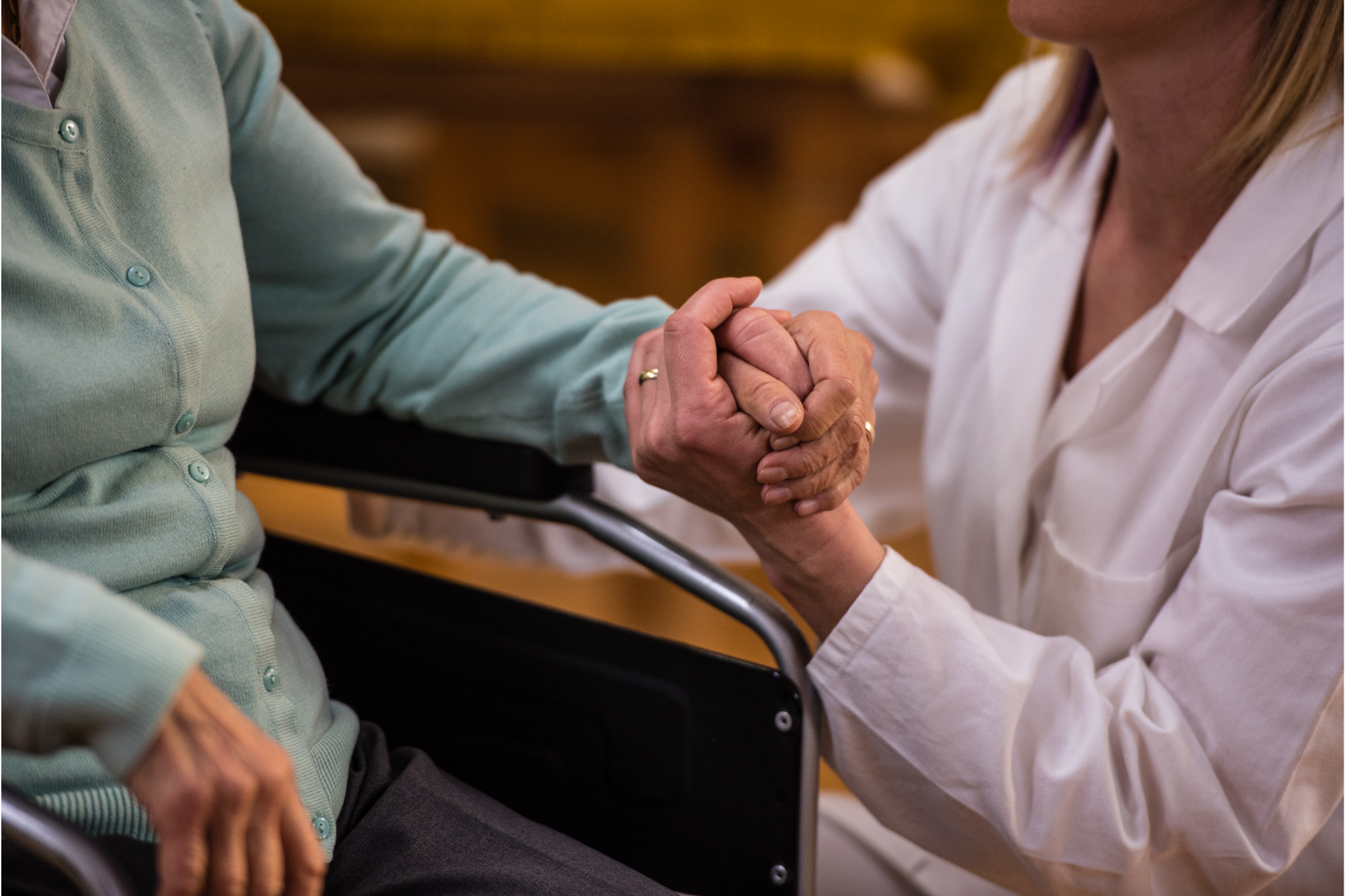Dissecting the current state of aged care in Australia has become a staple in the media. Scanning the most recent headlines shows just how heavily the general discussion is focused on residential aged care. This is despite the fact that over 95% of Australians aged 65 and over are actually living in households. Likewise, an overwhelming majority of Australians would prefer to age at home, not in an aged care facility. The Royal Commission into Aged Care Quality and Safety found that 80% of older Australians would prefer to live in their own home even if they needed support. These statistics paint a clear picture – but does our current approach to aged care reflect that?
The COVID-19 legacy – when the trust is broken
While there are as many reasons for choosing at-home care over residential care as there are people, one undeniable factor is the lasting impact of the pandemic. COVID-19 famously ravaged aged care homes and to date, more than 5,000 residents have passed away due to the virus. Worried about their elderly loved ones catching the virus and being isolated for long periods of time caused many families to rethink residential care. For many, their trust in the system had been broken. In 2020, the number of people admitted to residential aged care declined by over 5,000 compared to the previous year.
While on many levels life appears to have returned to pre-pandemic normal, the impacts on aged care will be felt for years to come. It’s clear that the uncertainty and fear have exasperated the trend of older Australians choosing their own home over a residential facility. It doesn’t seem likely that this preference will drastically change in the future. That’s why it’s crucial that both our aged care systems and our mindsets begin to adapt.
Breaking away from large facilities, transitioning into personalised care
COVID-19 was a wake-up call for many older Australians and their loved ones. The pandemic made more people seek alternative options to the large nursing homes and retirement villages which have long been presented as the norm. Many Australians found themselves asking: What do I want for myself as I age? What do I want for my loved ones as they get older? When you approach the situation from such a personal standpoint, you realise just how important it is to find a solution that caters to the individual.
One of the main criticisms of conventional aged care has been its uniformity which assumes that one size fits all and individuals are the ones who have to adapt. But just like any group of people, older Australians are not a homogeneous group, but a tapestry of diverse individuals. Every person comes with a unique history, cultural background, and in some cases, trauma. It does not seem realistic to expect such different individuals all benefitting from the same generic care arrangement. Moving forward, aged care should transition towards a more personalised approach. This need for flexibility and personalisation was also one of the key takeaways from the Royal Commission’s report.
Caring for our carers
As more older Australians choose at-home care over residential care, the role of informal care will become increasingly important. 62% of older Australians who require assistance receive help through informal care, most typically from their spouse or children. About 2.65 million Australians provide informal care – that’s about 10% of our population. If charged, the yearly cost of informal care would be nearly $78 billion. We should not take this work for granted now nor should we do so in the future. Not only is our population rapidly aging but families are also becoming smaller. The average number of people per household has already dropped from 4.5 in 1911 to 2.6 in 2016. This means that the number of people who are able to care for their aging family members will continue to dwindle.
In the future, an increasing number of Australians will experience the pressures of the “sandwich generation”, i.e. having to take care of their parents while also looking after their own children. This equation can really take its toll on carers’ own mental and physical health. We cannot afford any informal carers to slip through the cracks and need to have proper systems in place to ensure their well-being too.
Challenging old perceptions of facility-based care
While the vast majority of Australians prefer to age in their own home, at-home care is not sustainable in all situations. There are currently around 245,000 Australians living in permanent aged care facilities, compared to the 840,000 people receiving home support. Over 50% of people entering permanent residential care are aged 85 years or older. Advanced age means residents’ health is typically frailer and they require an extensive level of care. More than 50% of people living in residential aged care have been diagnosed with dementia, with more than half requiring high levels of care.
While these numbers make it clear that there is still a place for facility-based care, we should be challenging ourselves as to what this means. When navigating aged care, we should listen to what older Australians and their loved ones actually want. For the overwhelming majority, this means staying in their own home. Even when that’s no longer possible, creating a homelike setting should be a top priority. A 2018 study found that smaller, homelike residential care was associated with better quality of life and fewer hospitalisations and ED visits compared to traditional care facilities. While it’s easy to assume that better care outcomes equal higher spending, the facility running costs for domestic residential care and standard care facilities were actually found to be similar.
These findings highlight just how important it is to keep challenging our old ways of thinking and doing things. The Royal Commission suggests transforming conventional facilities into smaller units to create a more homelike setting and enable more personalised care. The Commission also stresses the need for a cultural shift. Whether living in their own home or in residential care, providing older Australians with a sense of autonomy and dignity should be a top priority for us all.





